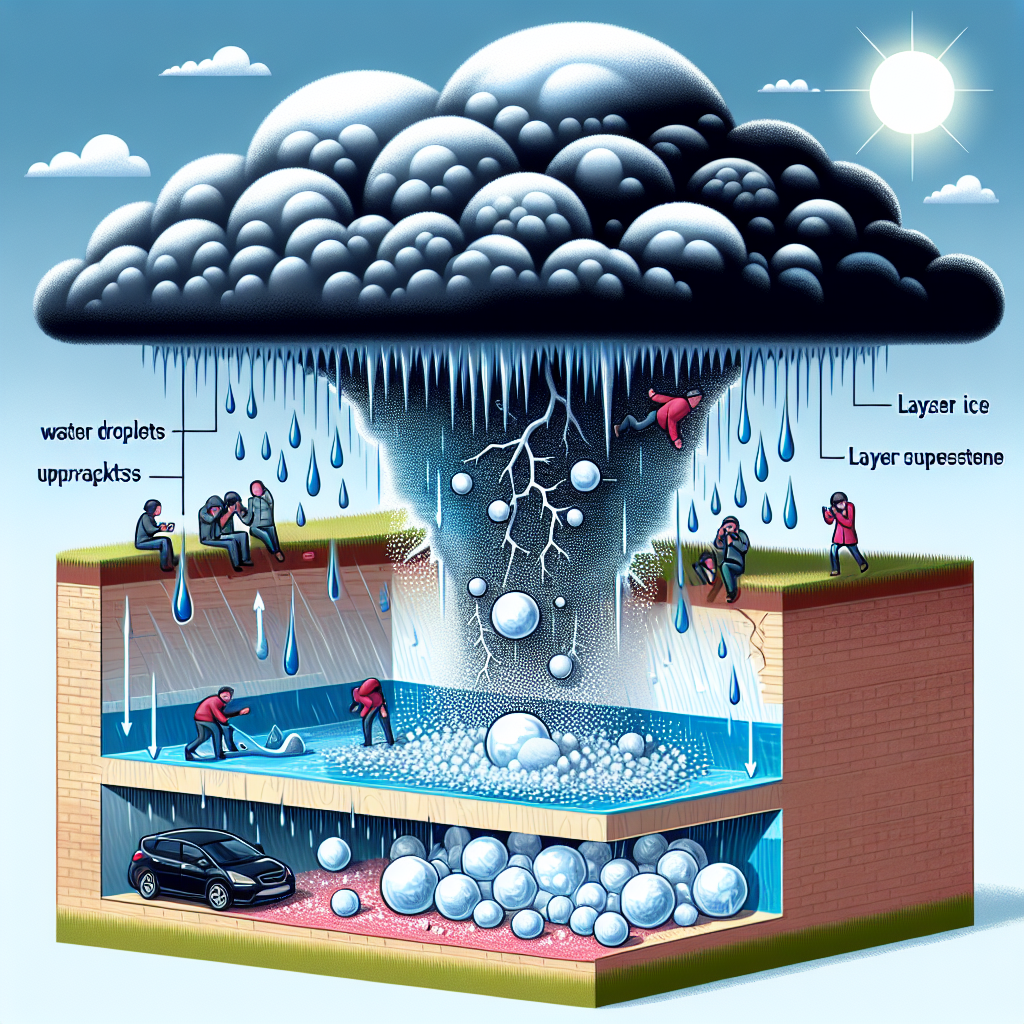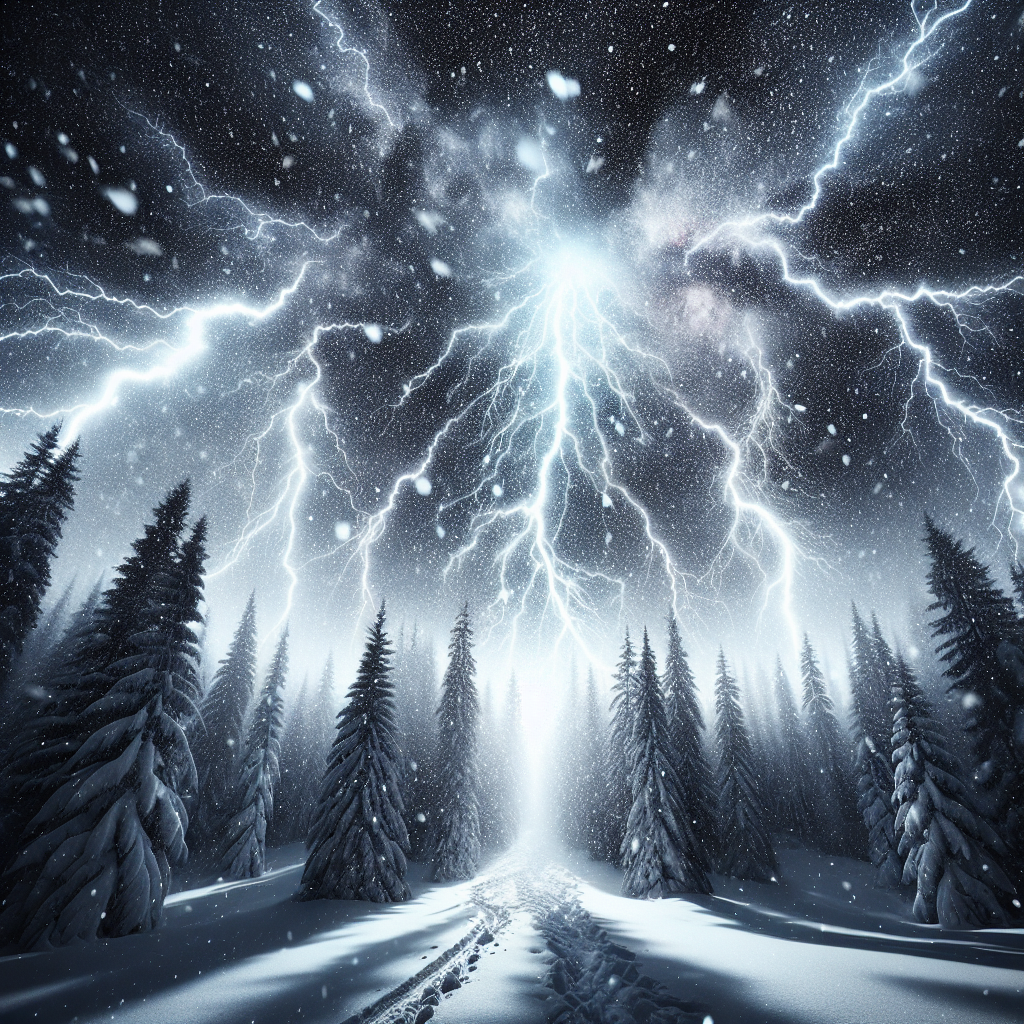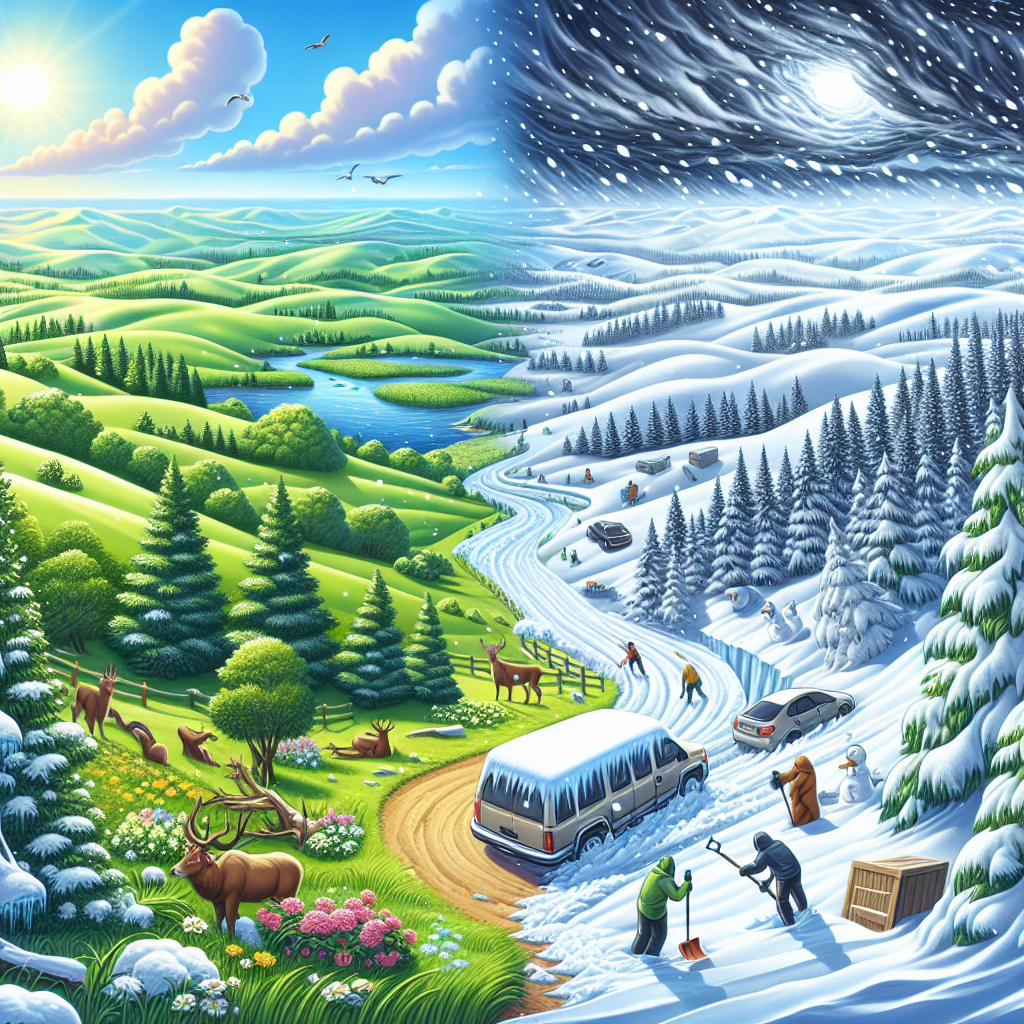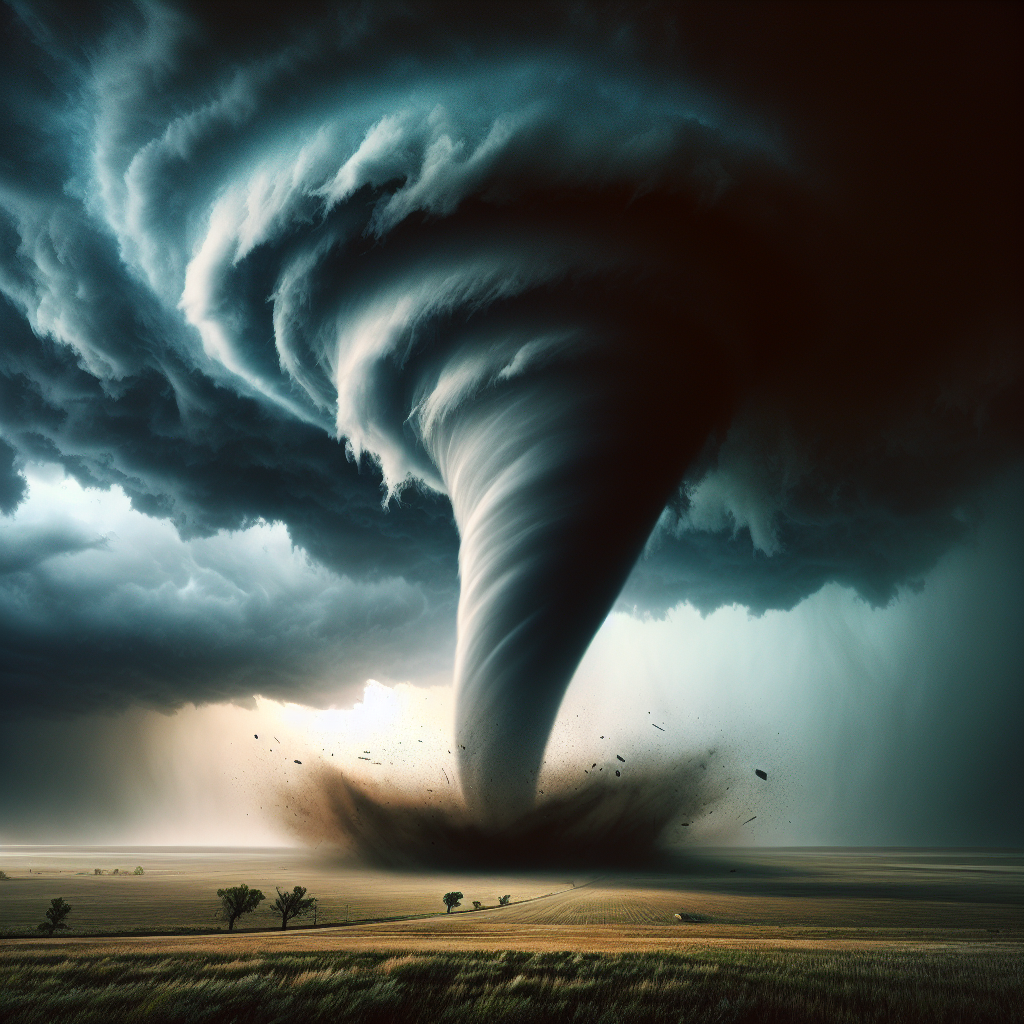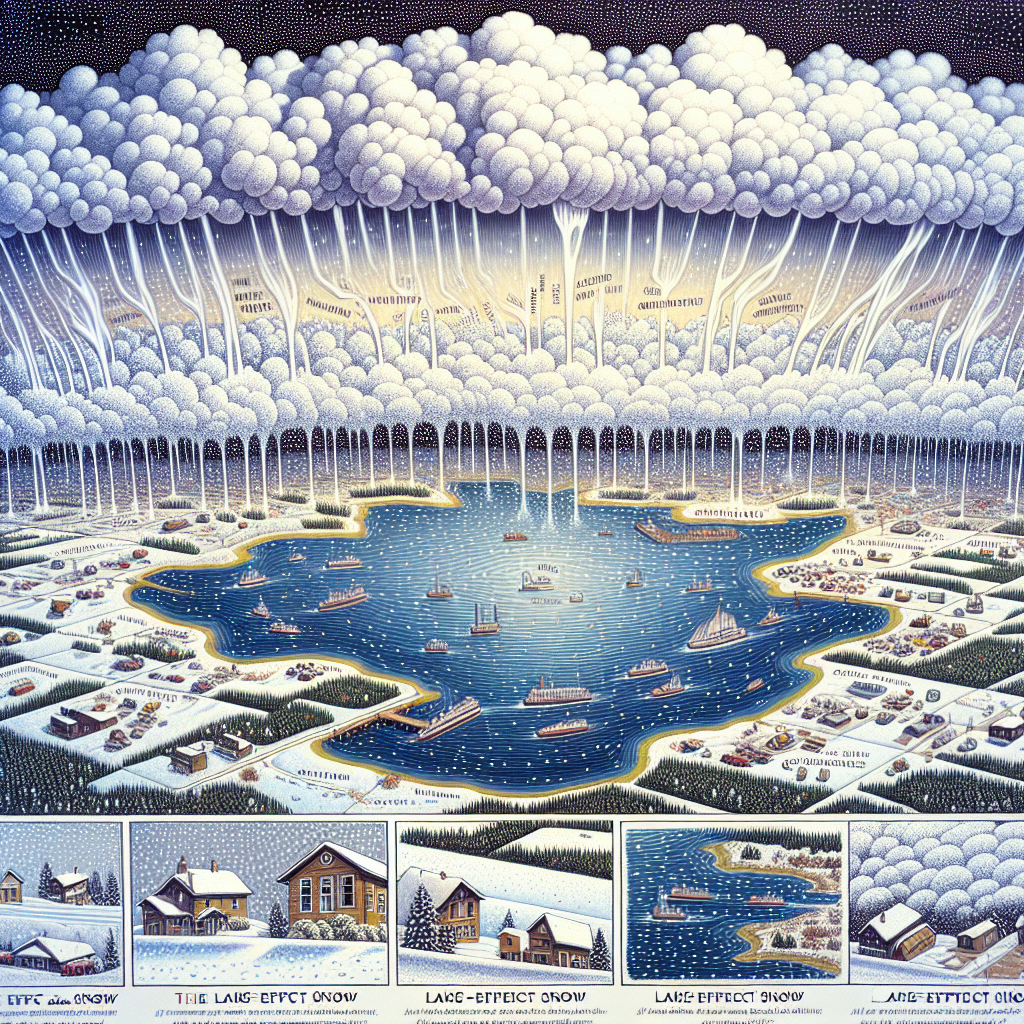Understanding Ice Storms: Nature’s Silent Threat
What is an Ice Storm?
An ice storm occurs when freezing rain falls and freezes on contact with surfaces, creating significant accumulations of ice. This phenomenon typically happens when warm air overrides cold air at the surface, causing precipitation to fall as rain that freezes upon hitting the ground, trees, and structures. Ice storms can produce a thick layer of ice, often exceeding 0.25 inches, and can severely affect both urban and rural areas.
Meteorological Conditions Favoring Ice Storms
Several meteorological conditions contribute to the likelihood of ice storms:
Warm and Cold Air Masses: The presence of warm, moist air overrunning a cold air mass is essential for ice storm formation.
Temperature Inversions: A temperature inversion occurs when a layer of warm air traps cold air at the surface, leading to ideal conditions for freezing rain.
Cyclone Activity: Low-pressure systems can enhance the lifting of air, increasing the chances of precipitation in form of freezing rain.
High Humidity: High moisture content in the air can lead to heavier precipitation.
The Phases of an Ice Storm
Ice storms can be categorized into three phases:
Precipitation Phase: Initially characterized by rain or sleet, as temperatures hover around freezing.
Ice Accumulation Phase: As temperatures drop, rain begins to freeze upon contact, leading to ice accumulation on surfaces.
Dissipation Phase: Eventually, the storm ceases or transitions to rain or snow, but the damage from the accumulated ice may already be done.
Hazards of Ice Storms
Ice storms pose significant hazards, often resulting in severe consequences for individuals, infrastructure, and the economy.
Power Outages: One of the most immediate dangers of an ice storm is the accumulation of ice on power lines and trees. The extra weight can cause lines to sag or snap, leading to widespread power outages. According to the National Weather Service, an accumulation of just 0.25 inches of ice can lead to heavy damage.
Tree Damage: Ice accumulation can cause tree branches to break under the weight, leading to blockage of roads, damage to property, and further risks of injury. Healthy trees often suffer more damage, as their branches may be heavy with leaves, providing a greater surface area for ice to accumulate.
Transportation Hazards: Ice storms create treacherous driving conditions. Ice isolates the tires from the road, resulting in decreased traction. This can lead to accidents, road blockages, and increased travel time. Even walking can be hazardous with ice creating slick surfaces.
Economic Impact: The economic consequences of ice storms can be staggering. Power outages require costly repair efforts, tree damage necessitates cleanup, and transportation issues can hinder commerce, leading to losses in revenue.
Safety Measures During Ice Storms
To mitigate the dangers posed by ice storms, it is essential to take precautionary measures:
Prepare an Emergency Kit: Equip your home with essentials such as food, water, medications, and batteries to sustain you during power outages.
Stay Informed: Regularly check local weather updates and advisories from agencies such as the National Weather Service. Understanding the storm’s timeline can help you make informed decisions.
Avoid Travel: If possible, stay indoors during an ice storm. Roads will be dangerous, and travel can lead to accidents or getting stranded.
Keep Trees Healthy: Regular maintenance of trees around your home can minimize danger. Trim dead branches and promote healthy growth to reduce the risk of breakage.
Prepare for Power Outages: Have a backup power source such as a generator, but ensure it is used safely and away from living spaces to prevent carbon monoxide poisoning.
Long-Term Impacts of Ice Storms
The aftermath of an ice storm can lead to long-term effects, especially in regions frequently impacted by winter weather. Recovery can take days or even weeks. In rural areas, the return to normalcy may depend on the extent of the damage to power and communication lines. This can have long-lasting implications for emergency services and local economies.
The Role of Climate Change
Climate change is influencing weather patterns, possibly increasing the frequency and intensity of winter storms. Warmer winters can lead to more moisture in the atmosphere, resulting in greater ice storm activity. Understanding these trends is crucial for preparing communities and mitigating the risks associated with such weather events.
Conclusion
Ice storms represent one of the more deceptive threats of winter weather. While they may not be as commonly discussed as blizzards, the dangers associated with ice storms often lead to catastrophic outcomes. Being aware of the conditions that trigger these storms, recognizing the significant risks they pose, and understanding how to prepare can help individuals and communities effectively navigate these icy challenges. Awareness, preparation, and response are vital to minimizing the impact of ice storms in an increasingly unpredictable climate.






